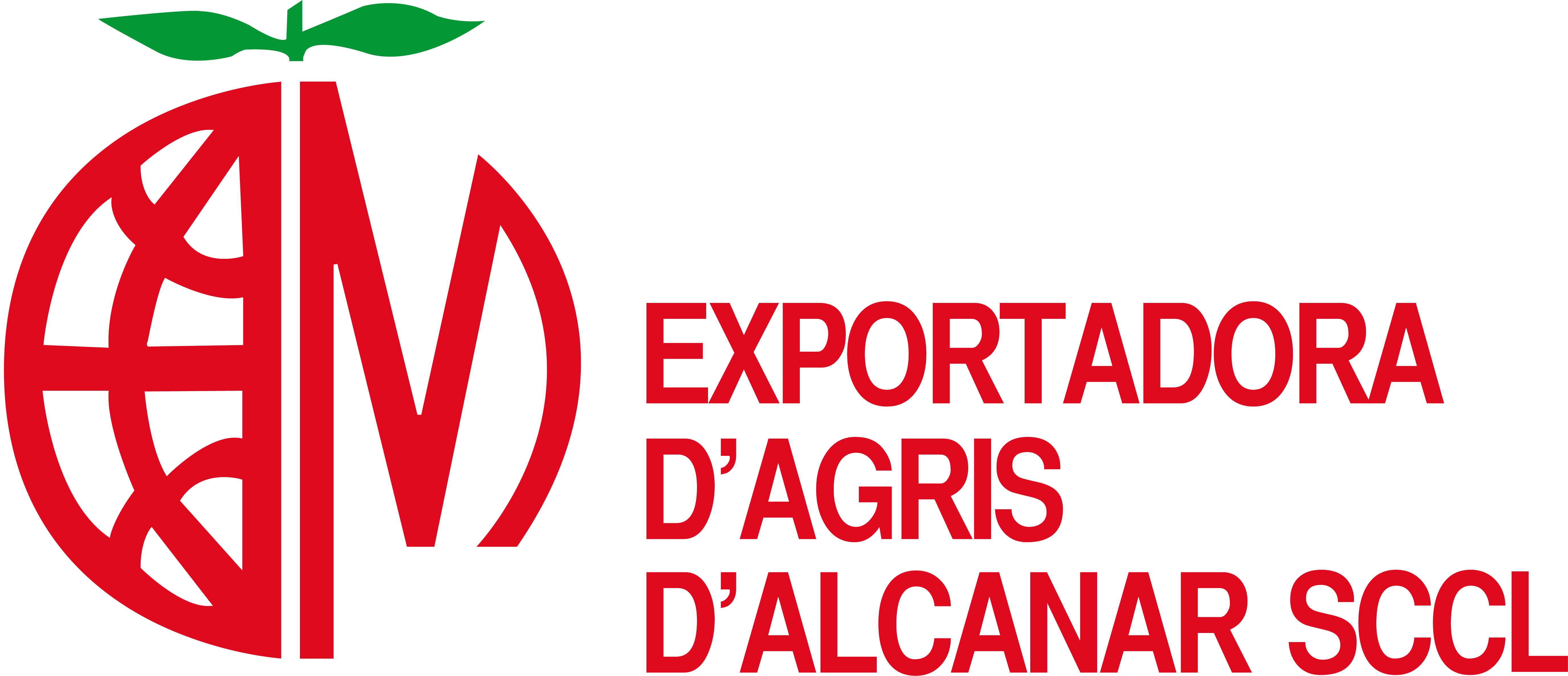Just like the rest of the varieties in the Navel group, the fruit has a navel, although it is not particularly prominent. The fruit is large and round or slightly oval in shape and does not have seeds. The pulp is very juicy and the peel has a vivid orange colour.
A mutation of the Early Navel variety to have originated in California. A medium-sized tree with a roughly rounded shape and very dark leaves. No thorns. Flowers without pollen.
This variety is the most resistant to cold and lime, and is usually de-greened so that it can be harvested earlier. It bears fruit quickly and abundantly, and is one of the most cultivated strains.
It is of high quality for fresh consumption. Vulnerable to creasing. May tend towards alternate harvests. Suitable variety for all citrus-growing regions, but especially those with a greater risk of frost and there is an interest in a earlier harvest.
Fruit is flat and oval, orange in colour without an aureole but always with a naval. The fruit is seedless and is of high quality.
Spontaneous mutation of the Washington Navel, discovered by Neil and Joyce Powell in Australia in 1982.
Juice is low in acidity, has a high sugar content and is yellow to orange in colour. As it does not contain limonin, it does not develop the bitter taste characteristic of other Navel varieties. Fine skin with glands with visible essential oils and moderate pulp adherence. A fundamental difference with the Lane Late variety is that the Powell is firmer with less re-greening in the summer,
maintaining its high quality even after reaching ripeness, meaning it may be harvested one to two months later than the Lane Late, as its texture stays very firm.
Fruit is of similar size as the Newhall variety and has a navel. Pleasant, sweet taste; unlike other varieties, does not taste “off” when consumed at the end of the ripening period. Low limonin content.
Mutation of the Washington variety to have originated in Australia.
Late to mature and fruit remains on trees until the end of June. Good and constant production. May be an interesting variety for prolonging the harvest period for Navel group oranges. Fruit does not drop from the peduncle once ripe, although it does not cling as firmly as the Barnfield, Chislett, Powell or Rohde varieties.
Navel hardly visible on the outside.
Medium-sized, elongated fruit. Good organoleptic quality. Light orange skin. Seedless. Very juicy and extremely high-quality pulp.
Mutation of the Washington variety to have originated in Vinaròs (Castellón).
Ripens internally in the first season, however external maturity (colouring) comes much later, therefore it is normally harvested in the second season (around February-May). Its quality means it is normally sold at select markets at a high price. Regions without a high risk of late frost are more suitable for the variety. Irrigation and fertilisers, etc, must be managed correctly in order to produce a high yield. When it ripens, the rind is sensitive to the wind and may break down, particularly if the rootstock is Citrange. Fruit-drop may occur from the peduncle when the fruit is ripe, therefore treatment is required if the fruit is to be harvested at the end of March.
